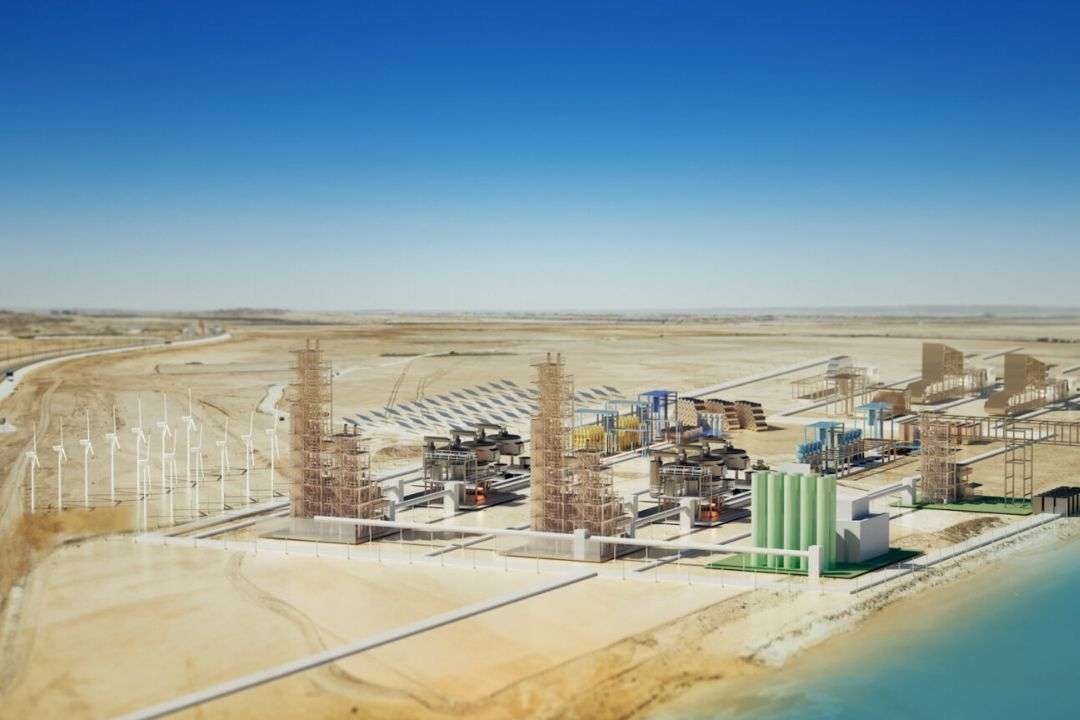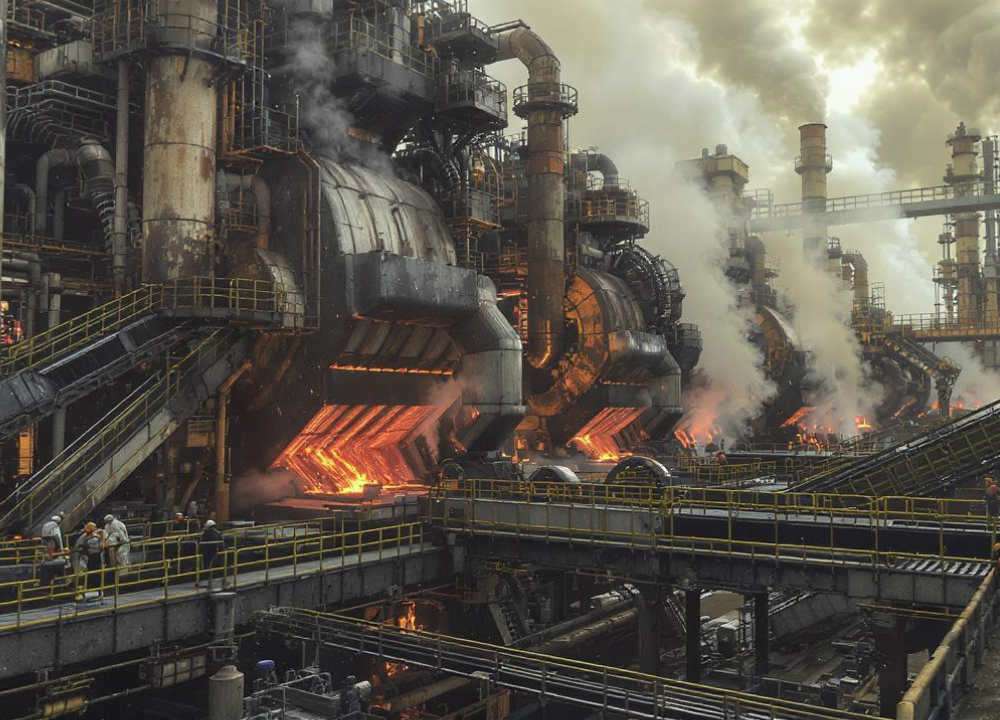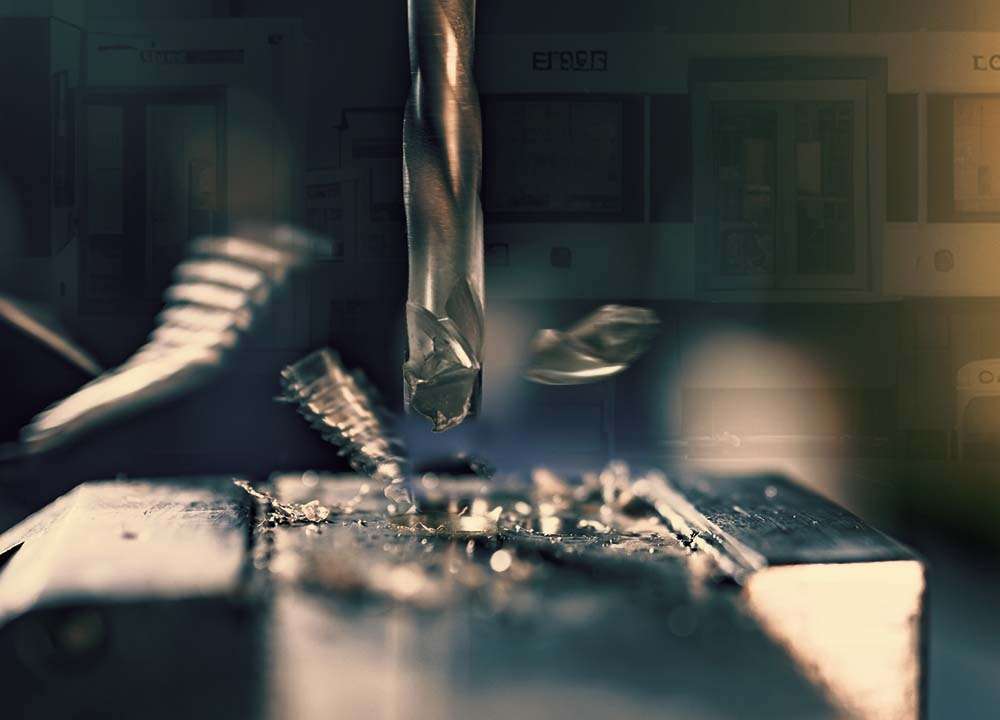Jindal Steel Duqm, a company under the Naveen Jindal Group, is preparing to begin operations at its 5 million tonnes per annum (MTPA) green steel facility in the Special Economic Zone at Duqm (SEZAD), Oman, by the year 2028. The plant, with a total investment of around USD 3 billion (approximately ₹25,000 crore), is being developed in two phases and is poised to become one of the world’s most advanced hydrogen-ready steel production sites.
The upcoming facility will feature two Direct Reduced Iron (DRI) modules of 2.5 MTPA each. The first unit is planned to go live by December 2028, with the second expected to be operational by 2030. While the plant will initially operate using natural gas, both DRI units are designed to be compatible with hydrogen from the start, making them ready to switch fuels as hydrogen supply infrastructure in the region matures.
Jindal Steel Duqm has committed to transitioning to green hydrogen as soon as regular supply becomes available. The company has informed the Government of Oman that it will begin hydrogen injection into its production process at the earliest opportunity, gradually replacing natural gas. By 2033, hydrogen use is expected to begin, with a target of reaching 10–15% hydrogen integration by 2035.
The green hydrogen needed for this shift is set to come from a series of renewable energy and hydrogen projects currently under development in Duqm. These initiatives, backed by both public and private stakeholders, are expected to start delivering sustainable hydrogen by 2033, ensuring a reliable local supply for the steel plant.
In its early stages, the facility will manufacture Hot Briquetted Iron (HBI) and DRI with a reduced carbon footprint to serve global demand, especially from European steel producers focused on low-emission inputs. The plant will utilize Electric Arc Furnace (EAF) technology alongside the DRI process, supporting a cleaner and more flexible approach to steel production. The project stems from a 2022 agreement between the Naveen Jindal Group and the Government of Oman, which included land allocation for the facility.








